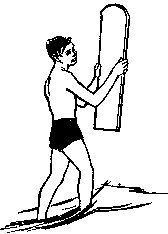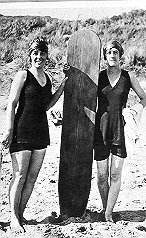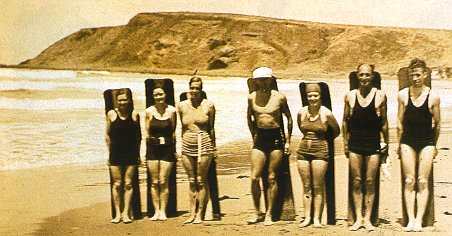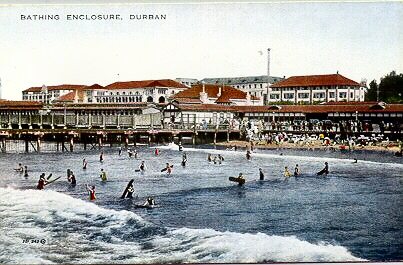 |
surfresearch.com.au
the catalogue #173 |
| home | catalogue | history | references | appendix |
|
| 1930 Solid Wood Belly Board 4ft 3 " |
#173
|

|
|
|||||||||||||||||||||||||||||||||||||||||||||||||
Nose: rounded square Tail: rounded square Deck: flat Bottom: flat Rails: rounded square Rocker: flat |
|||||||||||||||||||||||||||||||||||||||||||||||||
| FIN/S: none | |||||||||||||||||||||||||||||||||||||||||||||||||
| DECOR
DECALS: Deck: none Bottom: MARKINGS Deck: none Bottom: COLOUR Deck: natural timber, greyed. Probably previously stained, possibly varnished. Bottom: |
|||||||||||||||||||||||||||||||||||||||||||||||||
|
|
|||||||||||||||||||||||||||||||||||||||||||||||||
|
|
|||||||||||||||||||||||||||||||||||||||||||||||||
CONDITION: 8.5




Boy with bellyboard, UK circa 1960 from Edmunson ; page 162 Text reports dimensions as 4 ft x 12'' x 3/8'' Waterproof resin-bonded or marine plywood. Commercially available, cost up to 30 shillings ($3.00) |

Grace Smith Wooton and Win Harrison Point Lonsdale Victoria, circa 1915. from Wellspage 157 The board was made by a local carpenter, cost 12 shillings ($1.20), with her initials carved in one end. |



| home | catalogue | history | references | appendix |